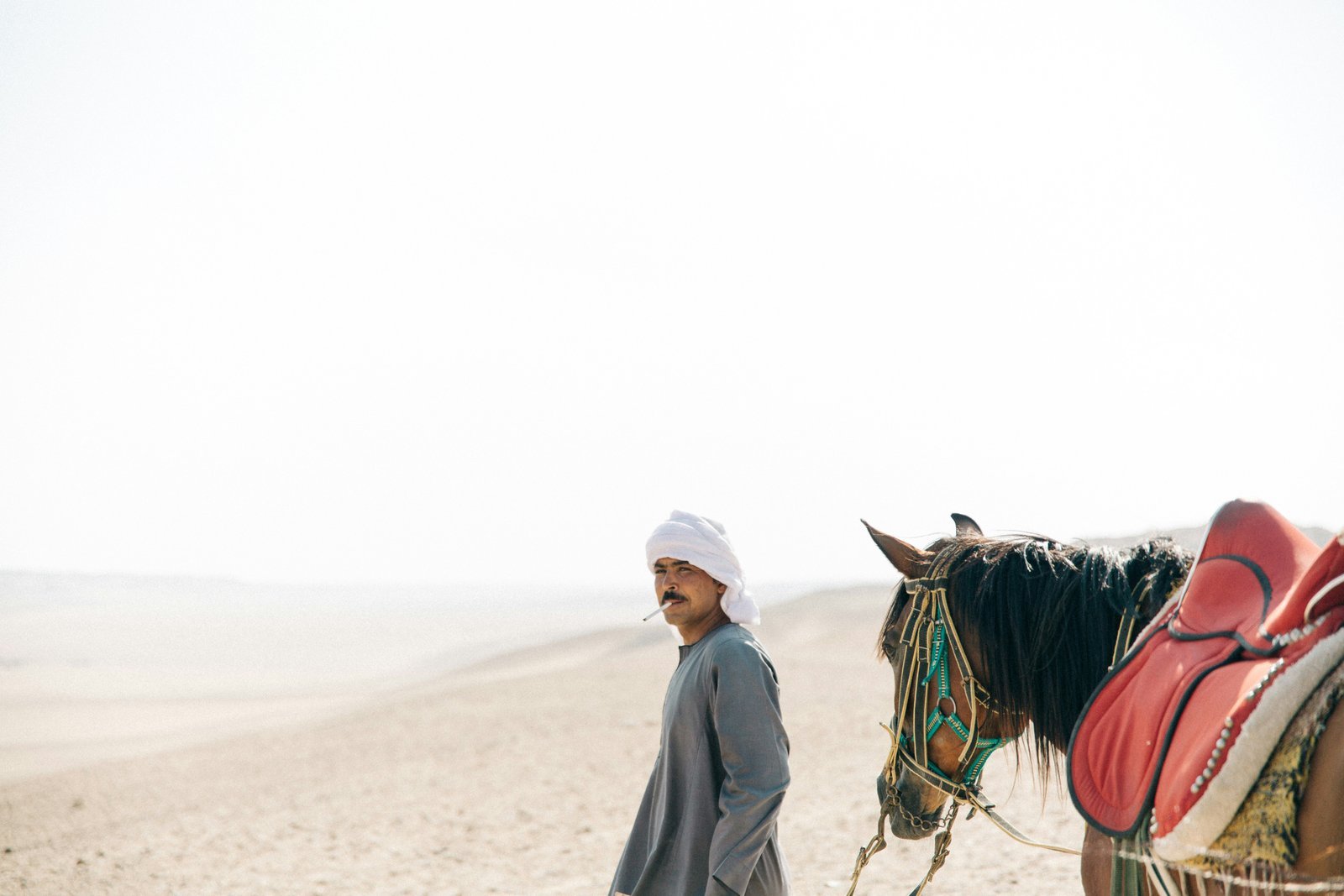
Introduction
The Sahrawi Arab Democratic Republic (SADR) is a self-declared state located in the Western Sahara region of North Africa. As with any sovereign nation, the SADR has its own national anthem that serves as a symbol of unity, pride, and identity for its people. In this article, we will explore the lyrics, significance, historical context, and contemporary relevance of the SADR national anthem.
Lyrics of the National Anthem
The national anthem of the Sahrawi Arab Democratic Republic is titled “Yā Banīy As-Saharā” which translates to “Oh Sons of the Sahara” in English. The anthem was written by poet Mohamed Lamin Ahmed and composed by composer Mili El Uali Mustafa Sayed. The complete original lyrics of the anthem are as follows:
“Oh Sons of the Sahara, Rise up, Rise up!With the rifle in hand, and the flag waving high.Oh Sons of the Sahara, Rise up, Rise up!With the rifle in hand, and the flag waving high.We have vowed to be free, and to break the chains.We have vowed to be free, and to break the chains.Oh Sons of the Sahara, Rise up, Rise up!With the rifle in hand, and the flag waving high.”
Significance of the National Anthem
The national anthem holds great significance for any country, and the same is true for the Sahrawi Arab Democratic Republic. It serves as a rallying cry for the Sahrawi people, reminding them of their struggle for self-determination and independence. The anthem encapsulates their aspirations, determination, and resilience in the face of adversity.
Historical Context
The Sahrawi Arab Democratic Republic emerged from a long-standing territorial dispute between Morocco and the Sahrawi people, who sought self-determination. The anthem was adopted in 1976, shortly after the proclamation of the SADR. It was a time of great upheaval and uncertainty, as the Sahrawi people fought for their rights and sovereignty.
The lyrics of the anthem reflect the historical context of the struggle. The mention of the rifle symbolizes the armed resistance undertaken by the Sahrawi people, while the waving flag represents their determination to establish an independent state.
Contemporary Relevance
Even in the present day, the national anthem continues to hold immense relevance for the Sahrawi people. It serves as a reminder of their ongoing struggle for self-determination and the pursuit of justice. The anthem is often sung during national events, gatherings, and protests, further reinforcing the spirit of unity and resilience among the Sahrawi people.
Moreover, the anthem acts as a symbol of identity and pride for the Sahrawi people, both within the SADR and in the diaspora. It serves as a powerful expression of their cultural heritage and their determination to preserve their unique Sahrawi identity.
Additional Information
It is worth mentioning that the national anthem of the Sahrawi Arab Democratic Republic is not officially recognized by all countries. However, within the SADR and among its supporters, the anthem holds a special place as a unifying force and a source of inspiration.
While the SADR national anthem may not be widely known on a global scale, it serves as a testament to the resilience and determination of the Sahrawi people. It represents their unwavering commitment to achieving self-determination and justice in the face of challenges and obstacles.
In conclusion, the national anthem of the Sahrawi Arab Democratic Republic, “Yā Banīy As-Saharā,” is a powerful expression of the Sahrawi people’s struggle for self-determination and independence. Its lyrics, significance, historical context, and contemporary relevance all contribute to its role as a symbol of unity and pride for the Sahrawi people. Despite the anthem’s limited recognition, it continues to inspire and uplift the spirits of the Sahrawi people, reminding them of their ongoing fight for justice and sovereignty.

One thought on “The Historical Roots of the Sahrawi National Anthem”